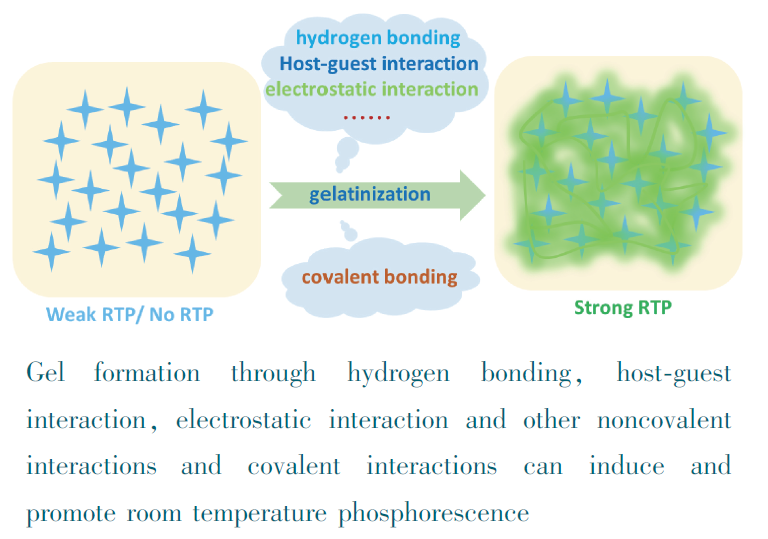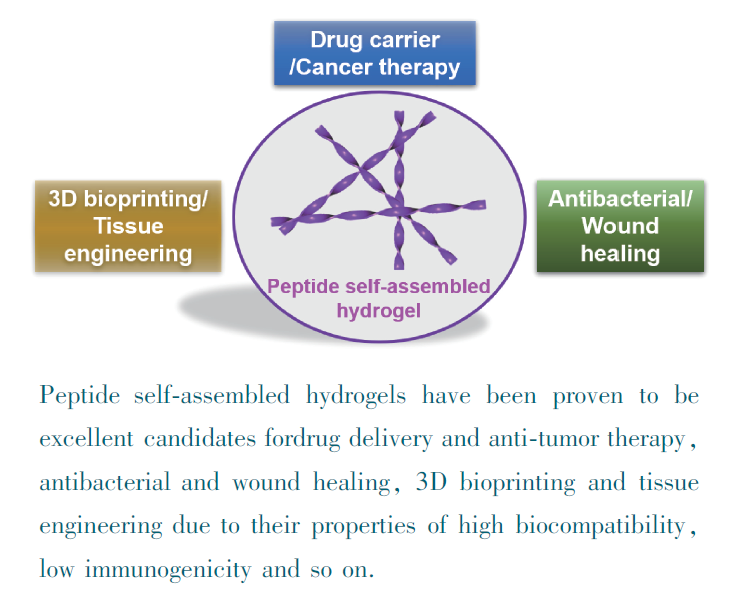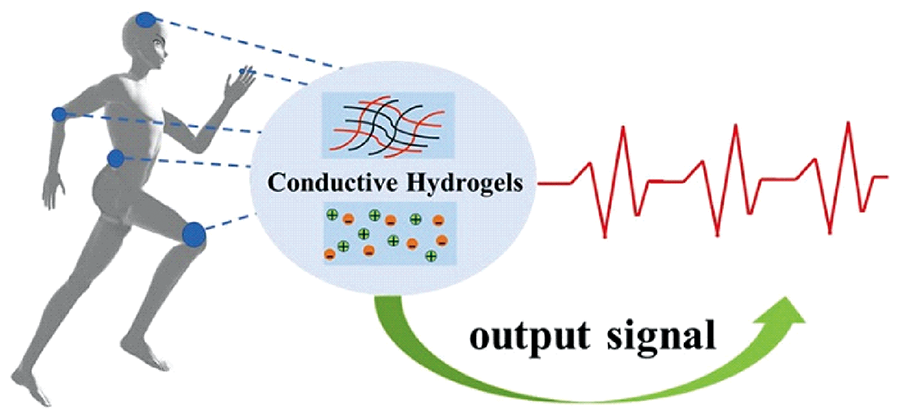Jinfeng Wang, Aisen Li, Zhen Li. The Progress of Room Temperature Phosphorescent Gel[J]. Progress in Chemistry, 2022, 34(3): 487-498.
Room temperature phosphorescence (RTP) has arouse much interest due to their unique luminescence properties and wide potential applications in optoelectronics, sensing, bio-imaging and security devices. In recent years, various methods to promote phosphorescence emission at room temperature have been explored. At present, the commonly used methods for constructing room temperature phosphorescent materials with long lifetime and high quantum yield mainly center on the design of phosphorescent molecular structure and the construction of phosphorescent protective matrix. Supramolecular gel, as a new matrix for inducing room temperature phosphorescence, has attracted much attention owing to the advantages of three-dimensional network structure, thermal reversibility and stimulus responsiveness. This review focuses on metal-free room temperature phosphorescent gel and metal-containing room temperature phosphorescent gel, and summarizes current research status in recent years. In addition, a brief prospect for the future development of room temperature phosphorescent gel research is provided.
1 Introduction
2 Metal-free room temperature phosphorescent gel
3 Metal-containing room temperature phosphorescent gel
4 Conclusion and outlook



























